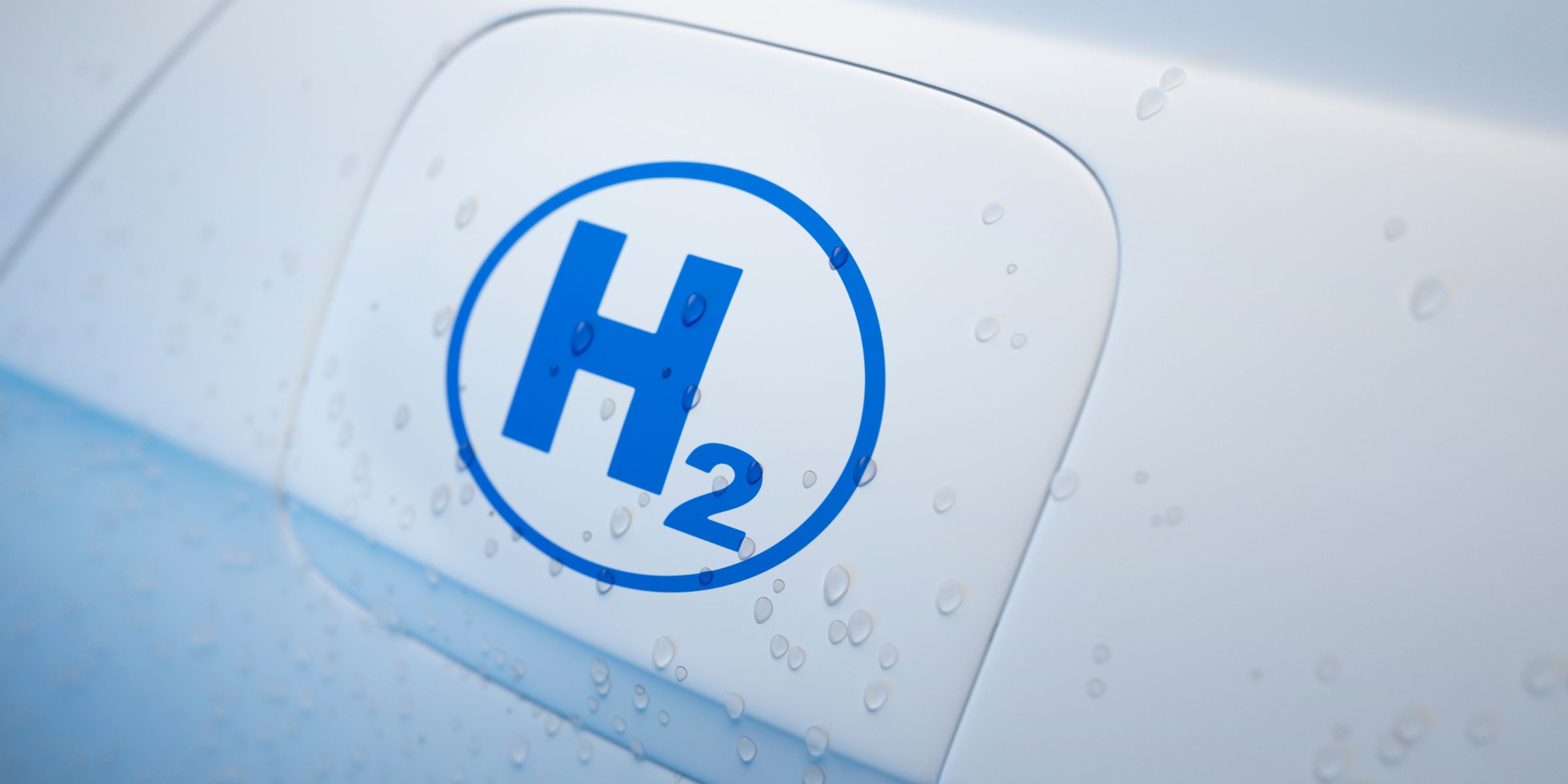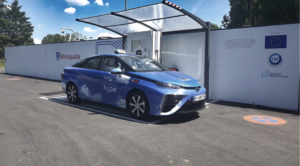An Overview of the Emerging Hydrogen Economy
Today’s energy systems, which are based mainly on fossil energy carriers, can in no way be evaluated as sustainable. Given the continued growth in the world’s population as well as the progressive industrialization of developing nations, the global demand for energy is expected to continue to escalate in the coming decades – by more than 50% until 2030, according to the International Energy Agency (IEA).
The growing concern about energy security in Western societies, an increasing import dependence from the Middle East and the economic and geopolitical implications of possible shortcomings in the supply of oil and gas, are stirring the current debate about the future supply of energy. This increasingly triggers a search for alternative fuels.
Policy makers around the globe are progressively focusing on reducing greenhouse gas emissions and energy security. One of the most controversially discussed long-term solutions to today’s problems of the energy sector is the introduction of hydrogen as an energy fuel. Many industrial countries and regions are currently working on their own hydrogen roadmaps.
The discussion of the possible transition to a hydrogen-based energy economy can be better assessed if a closer look is taken at the historical development of the energy supply. If we look at the past 2000 years’ history of fuels, usage has consistently moved in the direction of a cleaner fuel: wood → coal → petroleum → propane → methane (Natural Gas). With time, the fuel molecule has become smaller, leaner in carbon, and richer in hydrogen. [i]
Up to now, energy transitions have taken place long before a certain resource was exhausted (Marchetti,1975). Our future move is expected to be to hydrogen, which has the potential to solve both the environmental concerns about climate change, and the energy security challenges that the globe faces. [ii]
Besides energy conservation, the best guarantee of the security of energy supply is to maintain a diversity of energy sources and supplies. In this respect, the advantage of hydrogen is that it can help in the long term to diversify the energy supply as it can be produced from any primary energy source, unlike other alternative fuels (except electricity).
The Hydrogen Production Processes
Hydrogen is not an energy source but a secondary energy carrier, in the same way as electricity. It does not exist in molecular form in nature, and it can be produced from all primary energy sources (renewable and non-renewable). It is done by reforming fossil fuels such as natural gas or biogas, or by electrolysis from non-renewable or renewable energies, such as wind or solar energy. [iii]
Hydrogen is nearly emission-free at final use based on the production process used. [iv] Under these process scenarios, hydrogen production using fossil fuels is an interim option for bridging the gap between today’s carbon economy and a future hydrogen economy based on renewables. Hydrogen produced from fossil fuels with CO2 capture and storage is the cleanest way to continue using these fuels that will play an important role in the global energy transition.
The future of Hydrogen Applications as an energy carrier
Neither the use of hydrogen as an energy vector nor the vision of a hydrogen economy are new, but the way we can now track and trace this potential commodity opens new horizons. Creating a large market for hydrogen offers the prospect of providing effective solutions to both the aspects of emission control and the security of energy supply. The sooner major innovations and efficiency improvements can be realized, the earlier the opportunities for hydrogen applications are likely to materialize.
Unlike electricity, hydrogen allows storage over time and can offer buffering capacity for a decentralized non-fossil fuel-based energy system eg. solar or wind energy. Hydrogen may also be used in stationary applications for decentralized heat and electricity generation, as well as for portable applications of fuel cells, such as camcorders, mobile phones or laptops. The realm of hydrogen increasing the efficiency of natural gas in the production of low carbon downstream products, namely ammonia and methanol is also possible.
Some of the most important benefits of hydrogen can only be realized if hydrogen is used in fuel cells. Fuel cells are electrochemical devices that use hydrogen, or hydrogen-rich fuels, and oxygen to produce electricity and heat. In contrast to conventional electricity generation, which takes place in a three-stage conversion process (chemical energy –> thermal energy –> mechanical energy –> electricity), in a fuel cell, chemical energy is directly converted into electrical energy. A fascinating point is the high conversion efficiency of fuel cells. [v]
Hybrid fuel-cell vehicles fueled with CGH2 (Compresses Gaseous Hydrogen) from natural gas can achieve lower GHG emissions than hybrid CNG (Compressed Natural Gas) vehicles. [vi] Hydrogen offers significant advantages in combination with fuel-cell vehicles on account of their high conversion efficiencies – as compared with conventional gasoline or diesel vehicles.
The fuel cell’s exhaust produces zero emissions when fueled by hydrogen. The major competitor to hydrogen in the long term is electricity, which, however, hinges on a breakthrough in battery technology.
Whether it is viable that hydrogen can solve most of the energy issues in the long term needs to be evaluated through the testing of well-defined deployment scenarios that can provide quantitative information on the opportunities and risks related to large market introduction.
[i] v The Hydrogen Economy: Opportunities and Challenges, ed. Michael Ball and Martin Wietschel. Published by Cambridge University Press. Cambridge University Press 2009. Page 36
[ii] iv vii Hydrogen Fuel – Production and Storage 2009.
[iii] The Hydrogen Economy: Opportunities and Challenges, ed. Michael Ball and Martin Wietschel. Published by Cambridge University Press. Cambridge University Press 2009.




